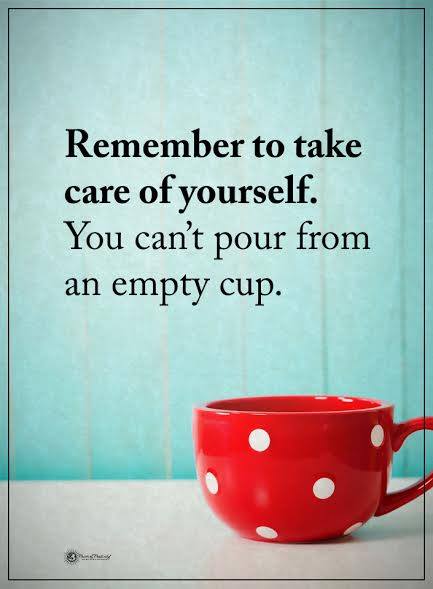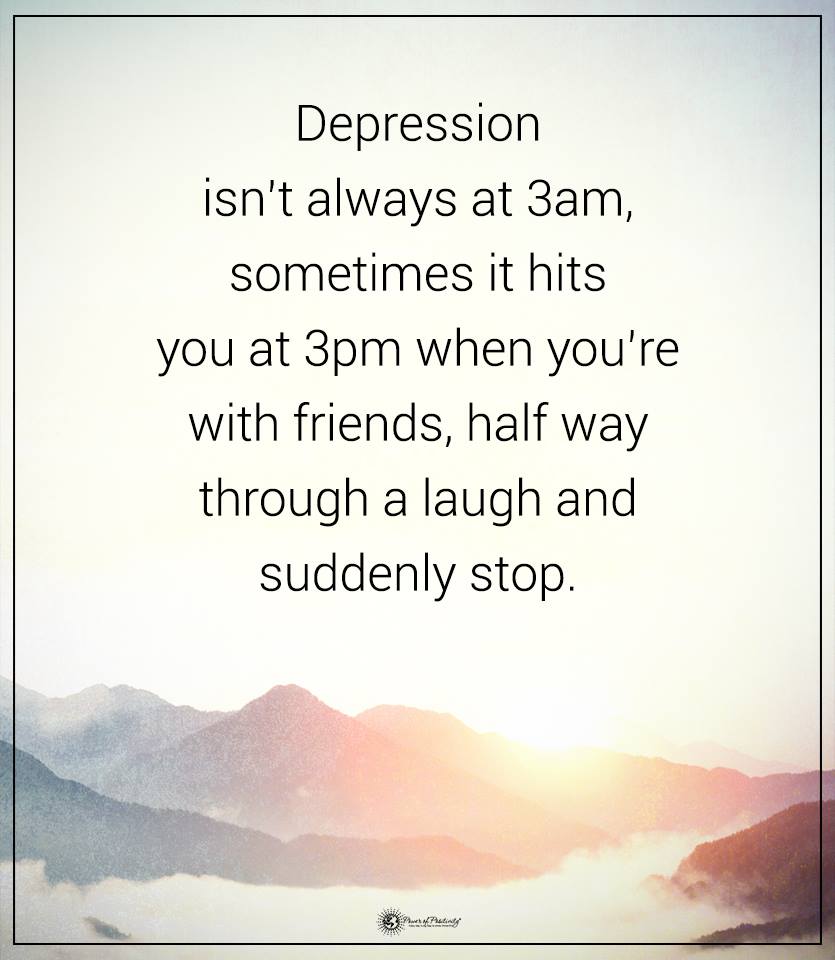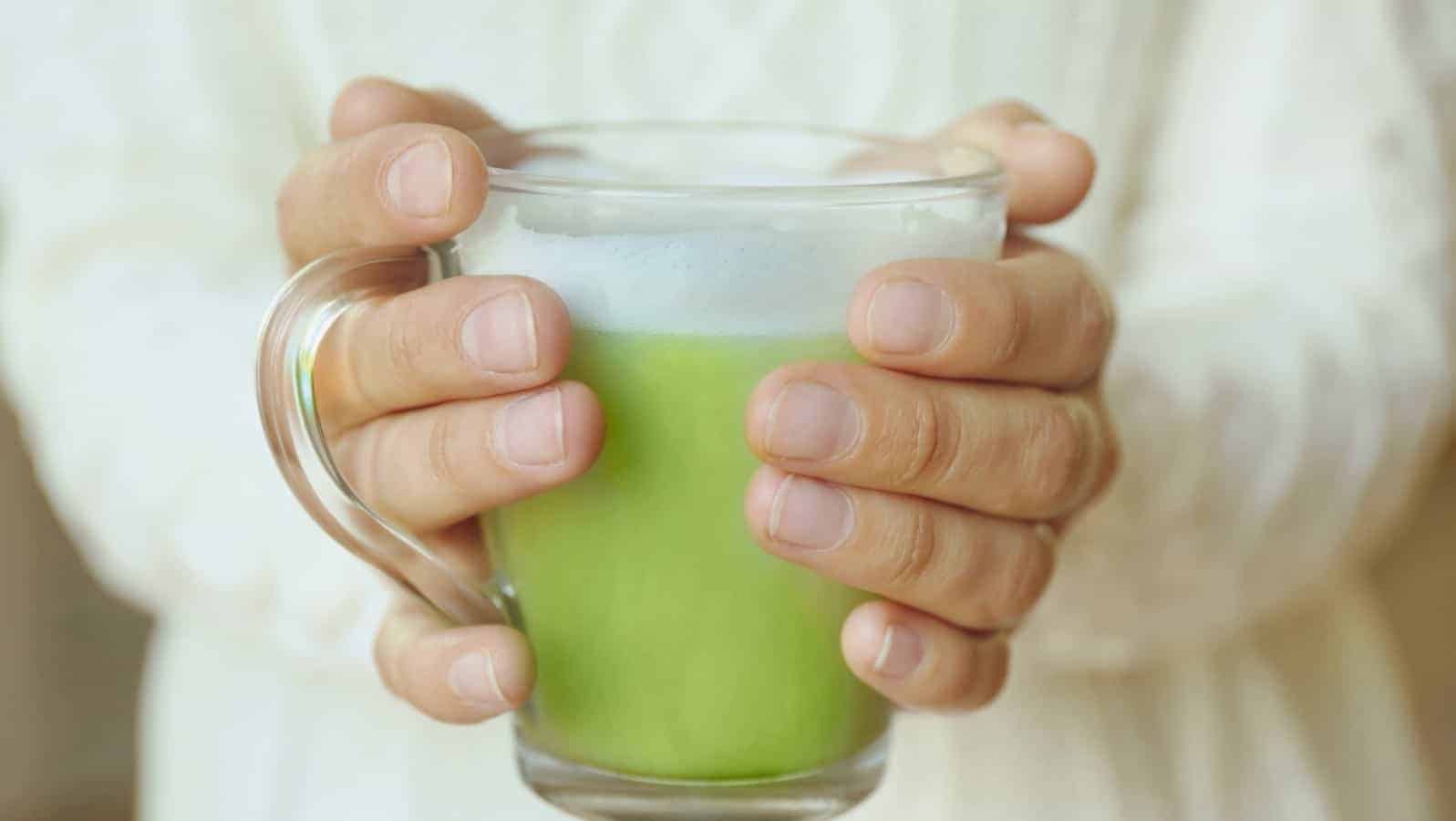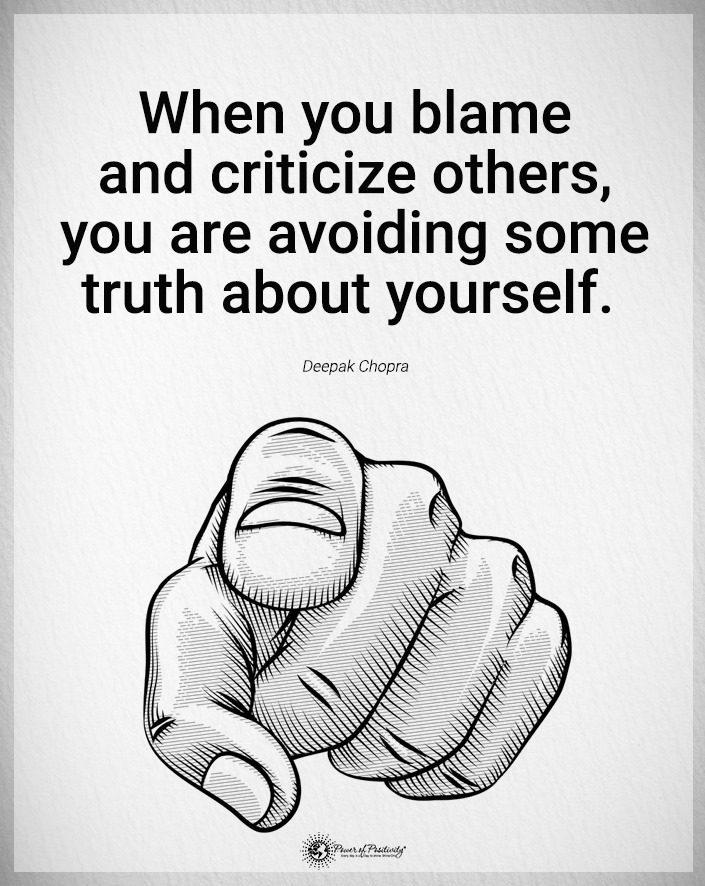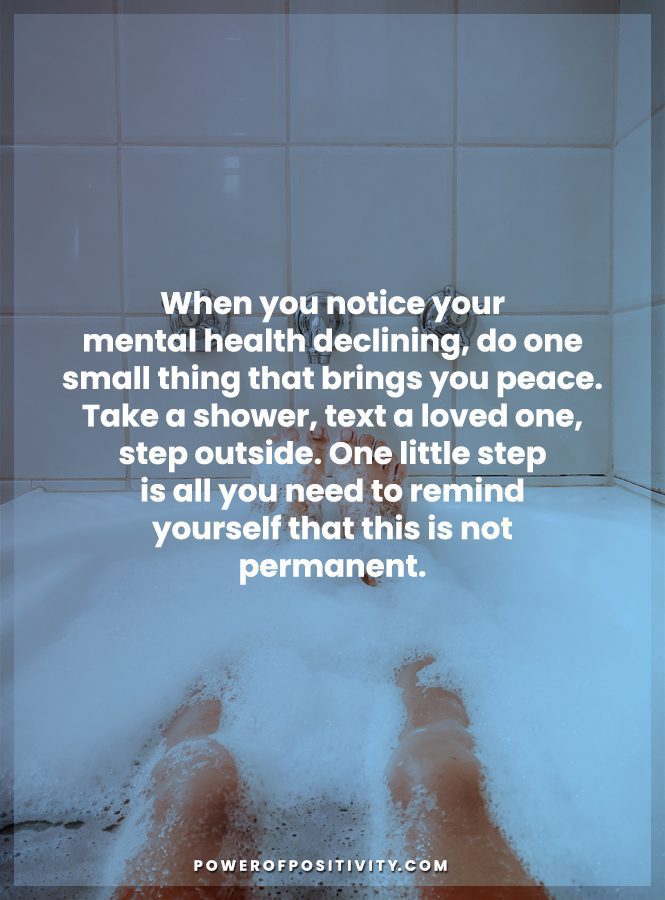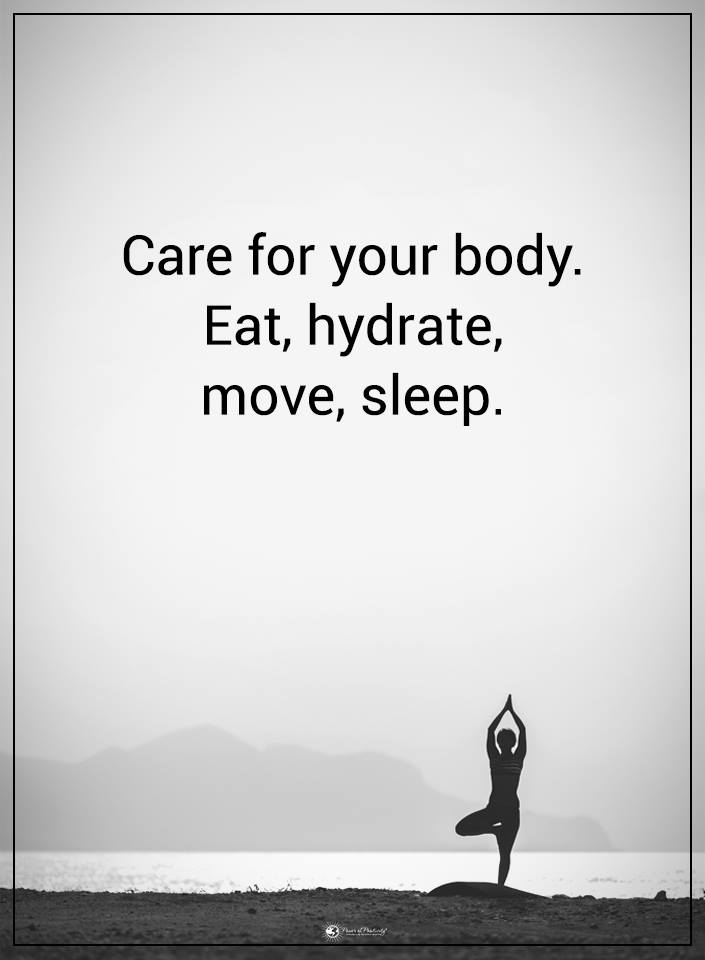You hear the words sinus and sinuses often, but do you know what they are and what they do?
Interestingly, sinuses are literal air pockets behind the bones of your upper face, between your eyes, and behind your cheeks, nose and forehead. That’s right; sinuses are just air spaces in your skull and facial bones! In total, we have four paired cavities, or sinuses.
It’s what the sinuses do that is far more important. See, the sinuses make up the upper portion of the respiratory tract, extending from your nose all the way down into your throat. Our paranasal sinuses, or air cavities in the cranial bones near our nose, help to moisturize and filter air inhaled through the nasal passages.
In otherwords, these simple air cavities actively filter and remove particles from the air we breathe!
Sinus cavities also allow for voice intonation and resonance. When we’re sick, mucus builds up in these hollow areas, which is why we sometimes sound “stuffed up.” Also, sinus cavities lighten the total weight of that brain bucket known as a skull.
Why Do Sinuses Require “Clearing”?
No doubt you’ve had a cold before. If you’ve had a really bad one, then you know what a “stuffed up” head feels like (“terrible” or “miserable” would be an adequate description here.)
Why do you feel this way? Because the common cold, or cold virus, attacks the upper respiratory tract. Yeah, that’d be the same upper respiratory tract where your sinuses are located. Anyway, this attack causes your sinuses to swell and kicks mucus production into overdrive.
(Side note: Believe it or not, this icky mucus that is the bane of any cold sufferer is crucial to our health. While gross, mucus is actually a useful substance that destroys bacteria and viruses, traps loose particles, prevents water loss, and lubricates air passages among other functions.)
Naturally Clearing Your Sinuses
While over-the-counter (OTC) medicines may help alleviate stuffed sinus passageways, they aren’t well-tolerated by everyone. Besides that, OTC meds may be entirely ineffective (it really just depends on how your body is reacting to the virus.)
Fortunately, the techniques we discuss for clearing your sinuses involves nothing but your fingers!
No more science-ey stuff!
Here’s not one, BUT TWO, ways of clearing your sinuses au naturale!
1. Acupressure
How to:
– Push your tongue flat against the top of your mouth.
– Press the fingers firmly against the brow between the eyebrows.
– Hold for 20 seconds before stopping.
You may feel some slight movement around the back of the throat, which is what you want. This shows that the mucus is softening and draining a bit. You may need to repeat this process several times throughout the duration of your illness.
2. Lymph node stimulation
How to:
– Using your fingertips, push firmly against the area of your collarbone where the notches are found.
– Interjoin your fingers in a “v” shape.
– Using the open area between the palms from the V-shape, perform a “pumping” motion on each side of the neck until you feel some drainage.
This method works by stimulating the lymphatic system, which creates a “suction” area around the lymph nodes. This suction effectively opens up the sinus passages immediately below your brow area. It isn’t uncommon to feel quick relief when this movement is performed correctly!
As with the first technique, you’ll likely need to perform this movement repeatedly until your illness passes. Hey, at least you’ll feel a heck of a lot better!

